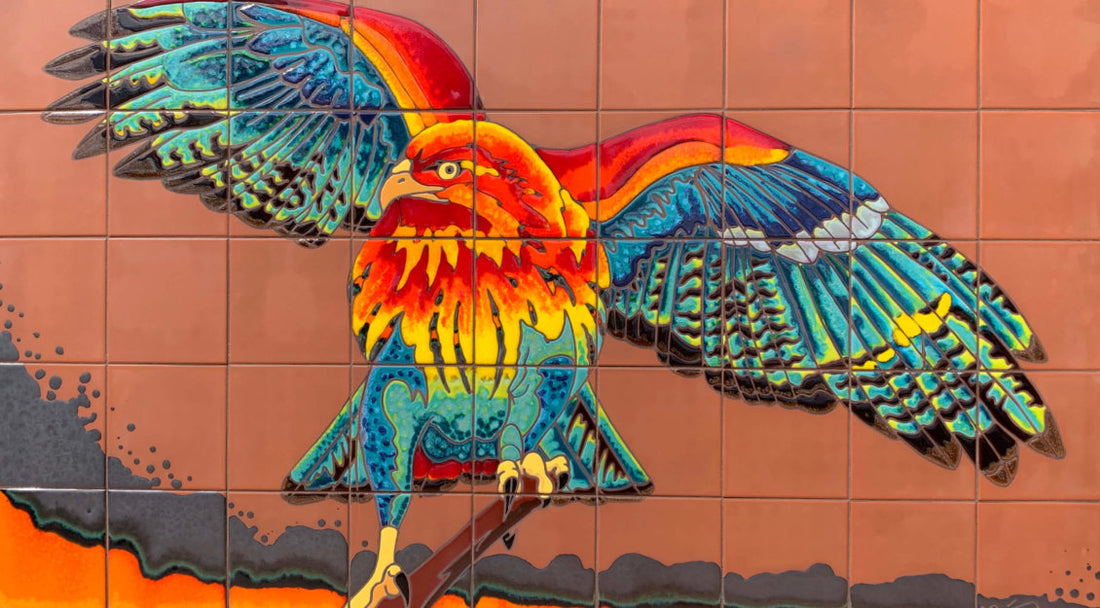
Tile Making Techniques: Cuerda Seca
Share
Cuerda Seca, or “dry cord” in Spanish, is a tile-making technique used when creating colored ceramic tiles. This technique was developed in the 15th century to prevent colored glazes from running together, allowing for the creation of intricate colored tile designs. The Cuerda Seca technique is still used today to create beautiful custom tile work for entryway murals, pool tiles, backsplashes, and more.
The Origin of Cuerda Seca
Cuerda Seca tiles were first created in Persia in the 1400s; the technique was then brought to Spain, where it gained even greater popularity. The need for Cuerda Seca-made tiles arose from the fact that when creating colored tiles using a variety of glazes, the glazes would run together during the firing process, ruining the image. Cuerda Seca tiles were unique in their use of a special greasy substance to keep the colored glazes separate during firing, allowing for the creation of intricate colored designs without bleeding between the colors.
The Creation of Cuerda Seca Tiles
During the creation of Cuerda Seca tiles, the desired design is stamped or drawn onto the pre-fired tile. Next, a greasy substance is used to fill in the stamped depressions or drawn over the drafted pattern to outline the desired image. Originally, the substance used was a mixture of grease, animal fat, and iron or manganese carbonate; today a wax resist product is typically used. The resist can be used to create thin or thick black lines to outline the area where each glaze is applied. Next the colored glaze is applied to the tile, often using fine-tipped bulb syringes for accuracy. Finally, the tiles are fired to harden them. Today, Cuerda Seca tiles are used for a variety of purposes, including murals, kitchen backsplashes, and decorative pool and fountain tiles.
Are you interested in making hand-painted Cuerda Seca tiles a part of your home? Contact us.
